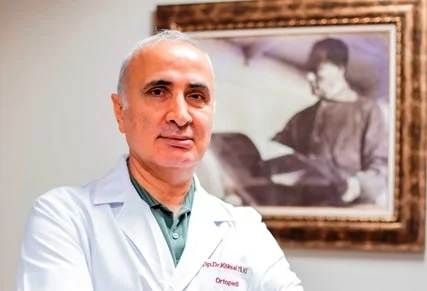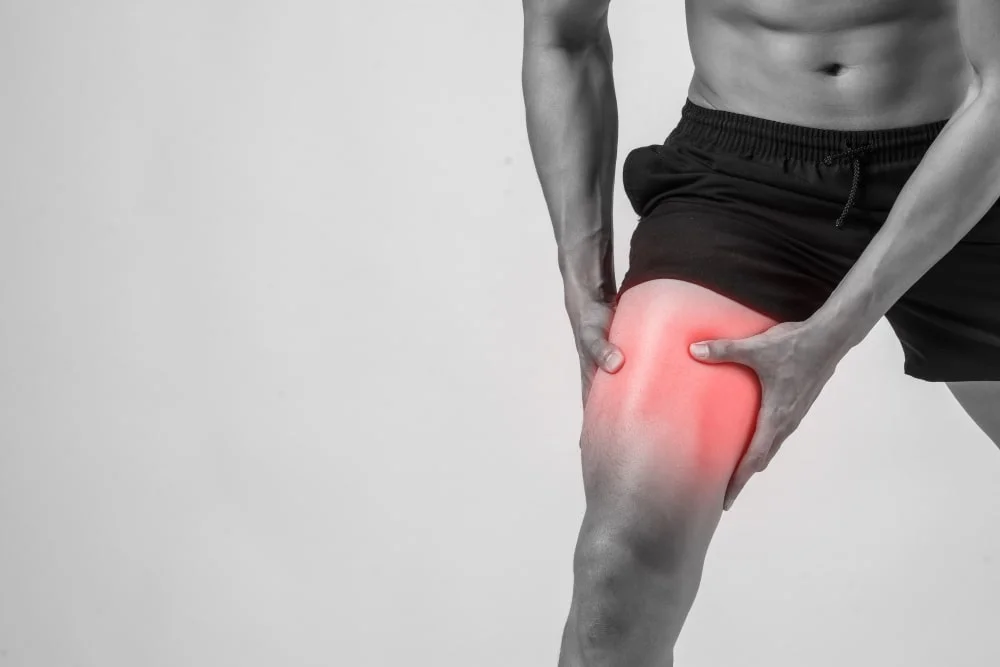What is Gonarthrosis?
The most common cause of knee pain that begins with middle age and has no specific cause is osteoarthritis of the knee joint, which our people describe as "calcification." It occurs with the deterioration of the joint cartilage.
Causes of Gonarthrosis
The most known causes of gonarthrosis include:
- Genetic predisposition that arises with age
- Intra-articular fractures and injuries
- Rheumatic diseases
- The death of bone cells around the joint for various reasons (osteonecrosis) The presence of obesity accompanying all these causes leads to rapid progression of the disease and an increase in pain.
Symptoms of Gonarthrosis
Knee pain usually develops gradually. It may also start as sudden painful attacks accompanied by swelling in the joint. The range of motion in the joint decreases. Squatting and climbing stairs become very painful. Walking performance on flat roads decreases and is painful. The first steps after resting are painful. Sometimes patients complain of sounds and locking coming from the knee. With the reduction of movements during painful periods, weakness appears in the muscles around the knee, which further increases the pain.
Diagnosis of Gonarthrosis
The diagnosis of the disease includes a history, physical examination, and weight-bearing X-rays. In patients with a history of sports injuries or trauma in middle age, an MRI of the knee may be needed to evaluate intra-articular structures such as the menisci and ligaments for differential diagnosis.
Treatment Methods for Gonarthrosis
The stage of the disease affects the treatment method and its success. In the early stage, lifestyle changes, using a cane, and exercises are beneficial. Medications like paracetamol group painkillers and non-steroidal anti-inflammatory drugs are used. It is well known that the long-term use of this group of drugs leads to kidney, liver, and gastrointestinal diseases.
In patients without painful attacks in the early and middle stages, nutritional supplements (such as glucosamine, chondroitin) that slow the deterioration of the joint cartilage and reduce pain can be used. Hyaluronic acid applications, known as intra-articular fluid injections, and the application of platelet-rich plasma (PRP) prepared from the patient's own blood into the knee are beneficial in this patient group.
In advanced stage patients who do not consider surgery and in acute painful middle stage patients, intra-articular cortisone application can be done no more than once a month and no more than three times a year, taking into account diabetes and hypertension. In early and middle-stage patients without alignment disorder, pain and loss of motion can be treated with physical therapy applications.
Surgical treatment options can be summarized under three headings:
- In early and middle-stage patients without alignment disorder, arthroscopic cleaning of the deteriorated cartilage and solving meniscus-related problems, if any, is the first surgical option.
- As an addition to arthroscopy, corrective osteotomy surgeries are the second option for patients with alignment disorder (angulation) between the femur and tibia.
- In advanced stage patients, partial or total knee replacement surgeries are highly successful.

Dr. Lecturer Köksal Tilki
Orthopedics and Traumatology Specialist


